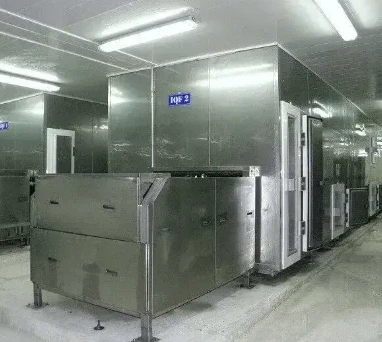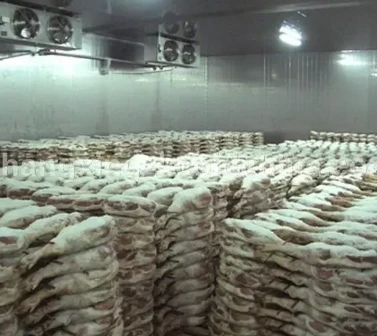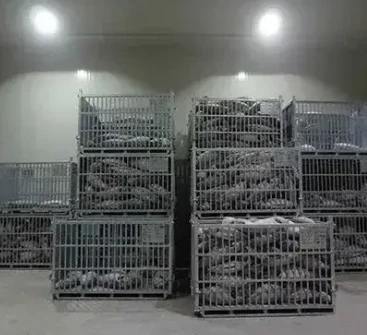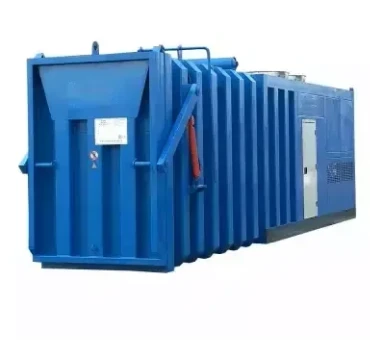Energy Efficient CO2 Condensing Unit for OEM Applications in Refrigeration and HVAC Systems
The Rise of OEM CO2 Condensing Units in Sustainable Refrigeration
In recent years, the emphasis on sustainability and energy efficiency has led to significant developments in the refrigeration industry. One of the most notable advancements is the growing use of OEM (Original Equipment Manufacturer) CO2 (carbon dioxide) condensing units. These units leverage the natural refrigerant CO2, aligning with global efforts to reduce greenhouse gas emissions, enhance energy efficiency, and meet regulatory standards.
Understanding CO2 as a Refrigerant
CO2 has emerged as a popular choice for refrigeration systems due to its low global warming potential (GWP) and non-ozone-depleting properties. Unlike traditional refrigerants like R-404A or R-410A, which have high GWPs and are being phased out under regulations like the European F-Gas Regulation and the Kigali Amendment to the Montreal Protocol, CO2 presents a more sustainable alternative. Its thermodynamic properties allow for effective heat transfer, making it suitable for various applications, including commercial refrigeration, heat pumps, and even air conditioning systems.
Benefits of OEM CO2 Condensing Units
1. Energy Efficiency OEM CO2 condensing units are designed with energy efficiency in mind. These units typically operate effectively at sub-zero temperatures, which enables better heat exchange and reduced energy consumption. Improved efficiency not only lowers operational costs but also aligns with corporate sustainability goals.
2. Environmental Compliance As regulations around refrigerants tighten worldwide, using CO2 condensing units helps businesses comply with environmental standards. Transitioning to low-GWP refrigerants like CO2 avoids hefty penalties and positions companies as environmentally responsible players in the industry.
3. Versatility CO2 condensing units are versatile and suitable for various applications, from supermarkets and food processing facilities to cold storage warehouses and commercial kitchens. Their ability to perform efficiently across different temperature ranges makes them an attractive option for businesses with diverse refrigeration needs.
oem co2 condensing unit

4. Safety CO2 is non-toxic and has a low flammability risk compared to many synthetic refrigerants. This safety profile makes CO2 condensing units an appealing choice for operators concerned about workplace safety and compliance with health regulations.
5. Reduced Carbon Footprint By utilizing CO2 as a refrigerant, businesses can significantly reduce their carbon footprint. This capability is particularly vital in an age where consumers and partners increasingly demand transparency and action regarding sustainability.
Design and Technology Innovations
OEM manufacturers have invested significantly in the design and technology of CO2 condensing units. Advanced control systems, variable-speed compressors, and innovative heat exchanger designs are enhancing the reliability and performance of these units. Moreover, the integration of IoT (Internet of Things) technology allows for real-time monitoring and optimization of refrigeration operations, further driving energy efficiency.
Challenges and Opportunities
Despite the advantages, the widespread adoption of CO2 condensing units is not without challenges. The initial investment costs can be higher than traditional refrigeration systems, and technical expertise is required to implement and maintain these systems effectively. However, as technology advances and more OEMs enter the market, costs are expected to decrease, making CO2 systems more accessible to a broader range of businesses.
Conclusion
As the world continues to prioritize sustainability, OEM CO2 condensing units stand out as a clear solution for meeting modern refrigeration needs. Their energy efficiency, environmental compliance, and versatility make them an attractive option for many commercial applications. As manufacturers innovate and refine these systems, the shift towards CO2 refrigerants not only paves the way for regulatory compliance but also fosters a more sustainable future for the refrigeration industry. With continued investment and education, businesses can embrace this technology to contribute to a healthier planet while also achieving their operational goals.
















































































































